Black-throated Gray Warbler in Yosemite Valley
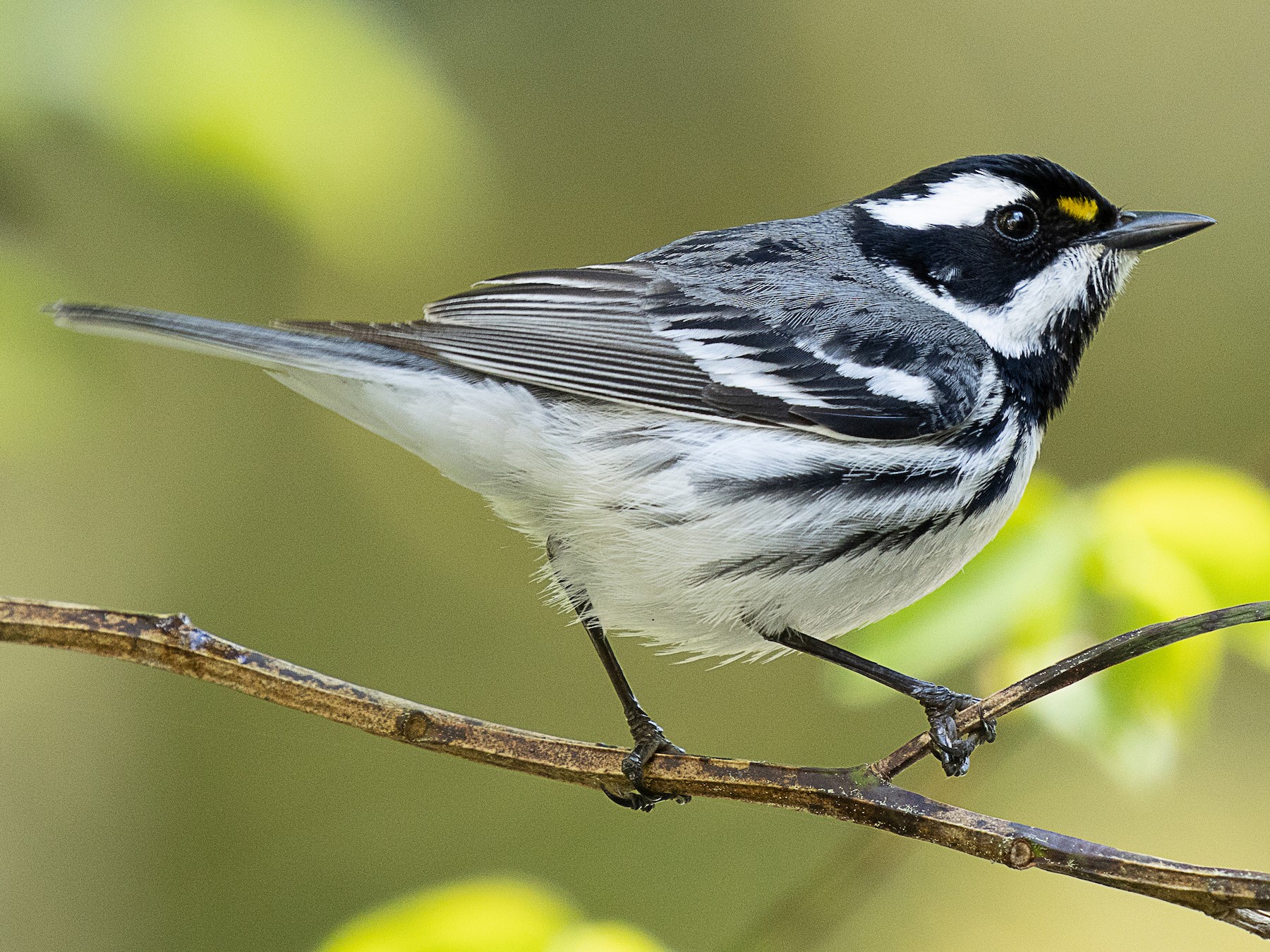
Male Black-throated Gray Warbler
(Photo Credit eBird)
During May this year, the Black-throated Gray Warbler made its way onto my birding “life list” as a result of a visit to Yosemite Valley. Not that these birds are rare in California ,but I had never seen one since resuming birding to escape the lock-ups imposed by the COVID pandemic. The species usually occupies coniferous and mixed forests, especially stands of pinyon pine, juniper, and oak. These warblers are short to medium-distance migrants. They breed west of the Rockies, from British Columbia to New Mexico, and winter in lowland dry forests, dense scrubland, and pine oak woods in Mexico, and the southwestern United States. Nesting occurs from late May to July, and the fall migration begins in mid-August. A few sightings of Black-throated Gray Warblers have been recorded in eastern North America but these are very rare. Migrants follow the western mountain ranges and the Pacific coastline, and a few occasionally pass through the Bay Area, close to my home. The ones in Yosemite seemed to be foraging for insects, and were seen close to Mirror Lake.
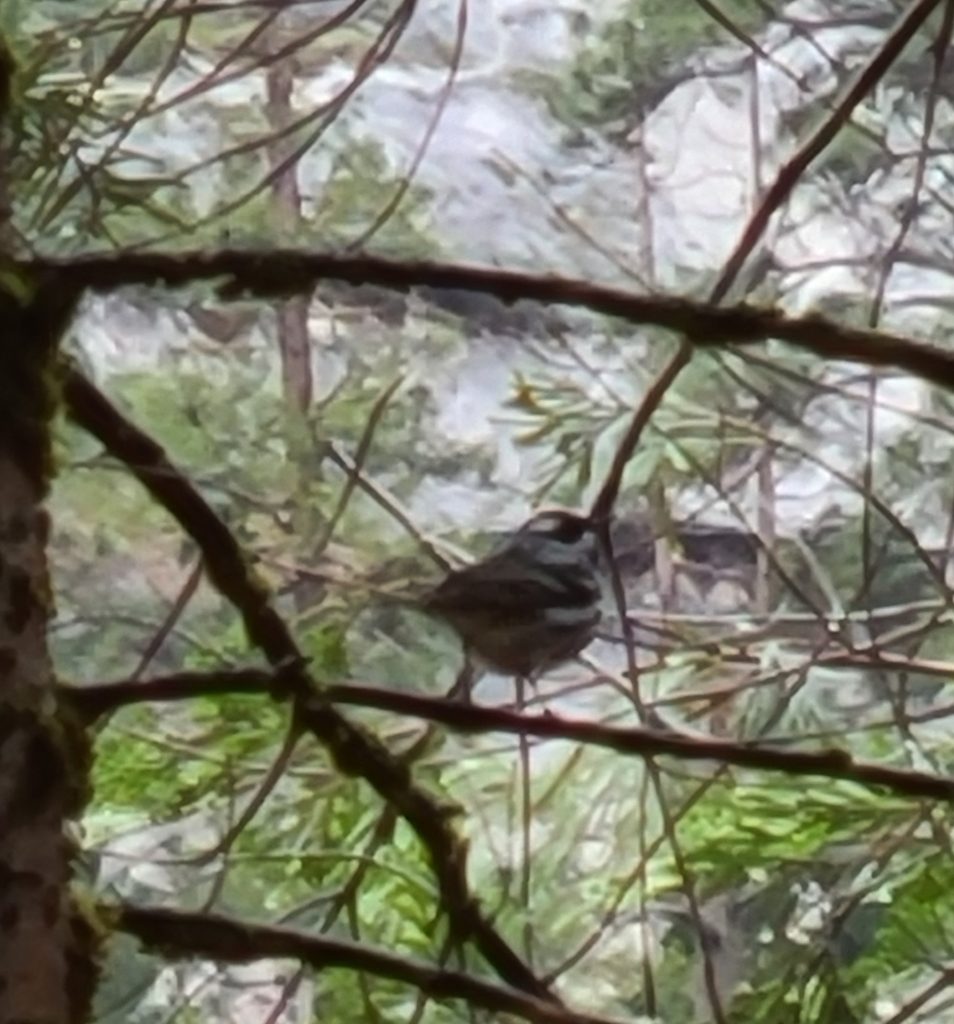 A “not-so-good” image from Yosemite
A “not-so-good” image from Yosemite
(Photo credit: the Author)
Black-throated Gray Warblers have a bold and distinctive pattern of black-and-white on their crowns, around their eyes and on their throat, and a gray back that gives them their name. Also, there is a splash of yellow between the eyes and the bill. The female has a more dingy facial plumage, and adults are about five inches (13 cm) in length. The species is not considered threatened by human activities, and seems to have extended its breeding range due to a warming climate. It is classed as “Least Concern” from a conservation perspective.
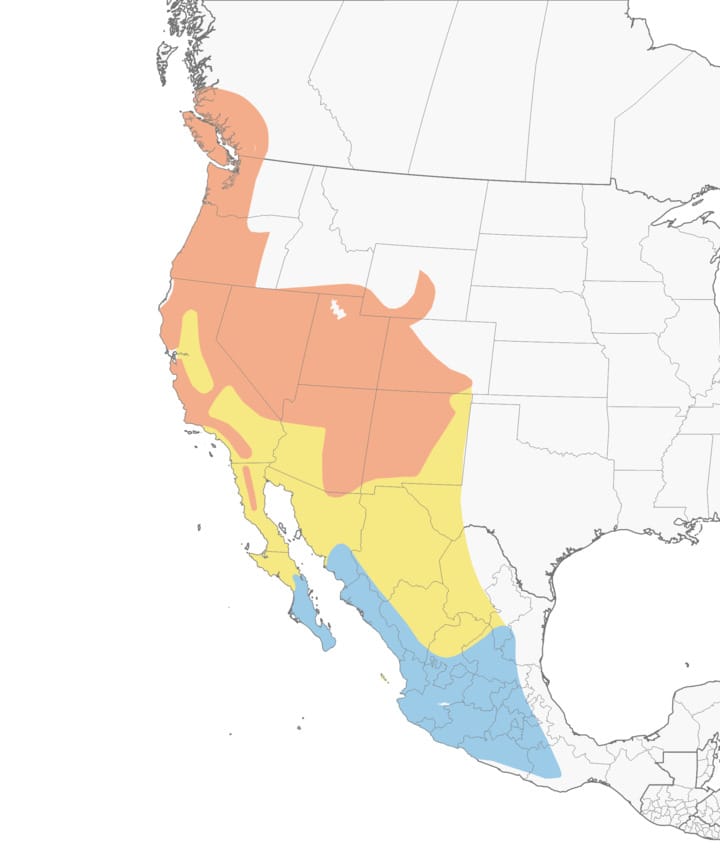 Orange: breeding; yellow: migration; Blue: nonbreeding
Orange: breeding; yellow: migration; Blue: nonbreeding
Black-throated Gray Warbler Range Map
(Photo Credit: Cornell Lab. of Ornithology)
It was satisfying for me to be able to distinguish these birds from the more ubiquitous avian species that occupy Yosemite Valley, such as Steller’s Jays, American Robins, and Dark-eyed Juncos.
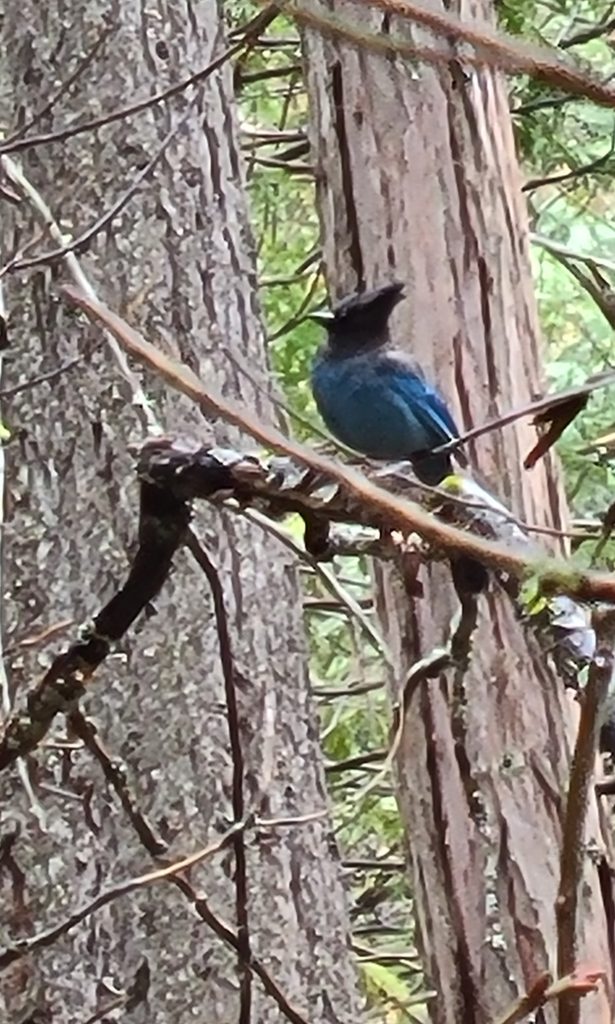 Steller’s Jay
Steller’s Jay
(Photo Credit: Author)
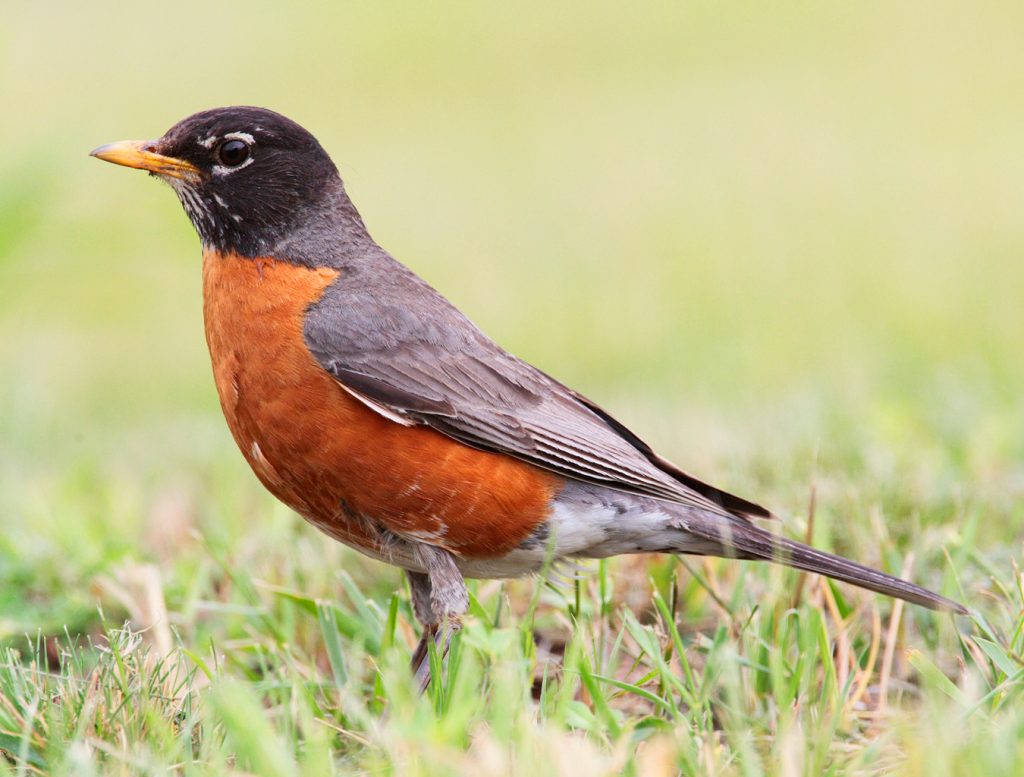 American Robin
American Robin
(Photo Credit: Wikipedia)
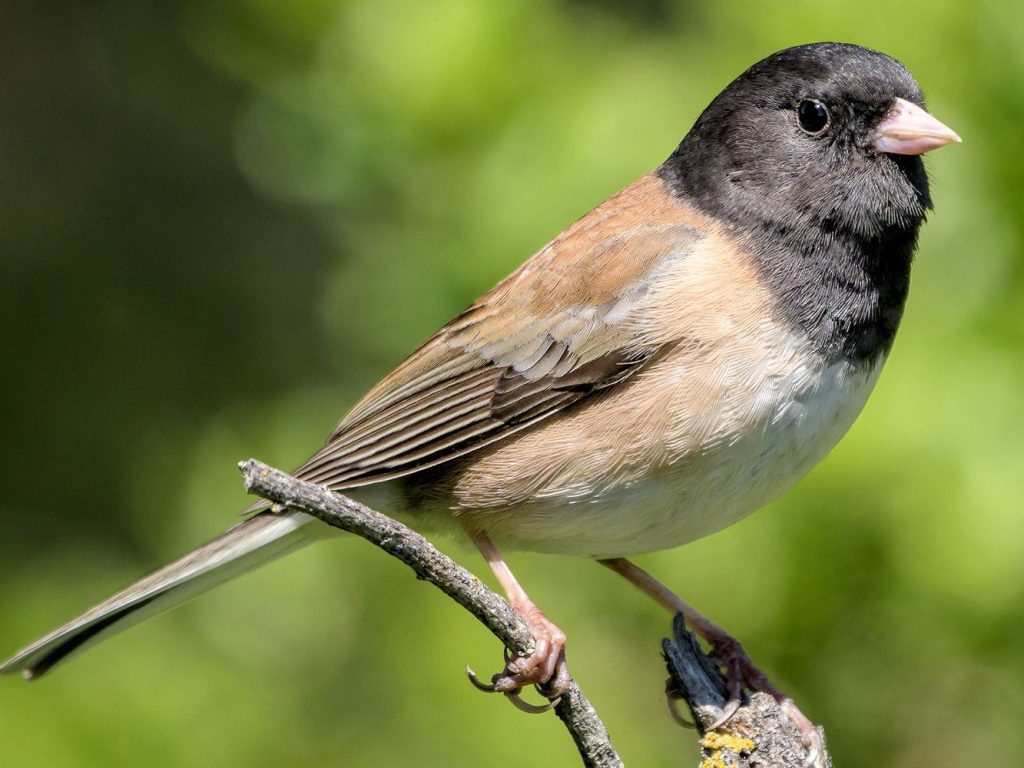 Dark-eyed Junco
Dark-eyed Junco
(Photo Credit: Unknown)
I should mention that the family of warblers is one of the more difficult groups from which to distinguish individual species. There are so many varieties, they are small birds, they often are obscured by trees and scrub, you usually need to look upwards to spot them, their coloring can act as camouflage in their surroundings, they forage silently, and many display similarly colored plumage. 53 species of warbler are found in North America, and a total of 111 species are identified in the New World. Some do not look “warbler-like” such as the Water Thrush and Yellow-breasted Chat. Virtually all are in the family of Parulidae, and are found only in the New World. Curiously, warbler species in the eastern half of the United States were generally named after places, whereas in the West, they are named in recognition of their plumage or using the name of a person, typically an ornithologist. Identification methods include considering plumage, voice, habitat preference, and behavior when foraging.
Birds known as warblers elsewhere in the world are unrelated to New World warblers, and have been given the “warbler” name because of their “warbling” sound. Thus, birds such as the Willow Warbler, Garden Warbler, Whitethroat, Wood Warbler, and Reed Warbler that I recorded during my youth in England, have no relationship to the Black-throated Gray Warblers that I saw in the Yosemite Valley. Even the Olivaceous Warbler that I recently encountered in Israel has no relationship with the Yellow-rumped, Townsend’s, and Wilson’s Warblers that occasionally visit my California backyard.
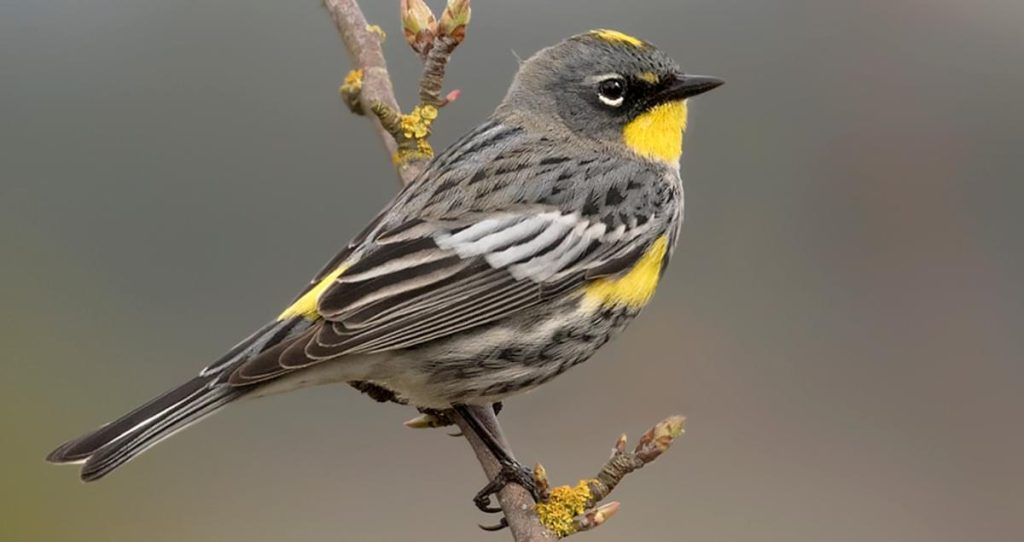 Yellow-rumped Warbler
Yellow-rumped Warbler
(Photo Credit: Cornell Lab. of Ornithology)
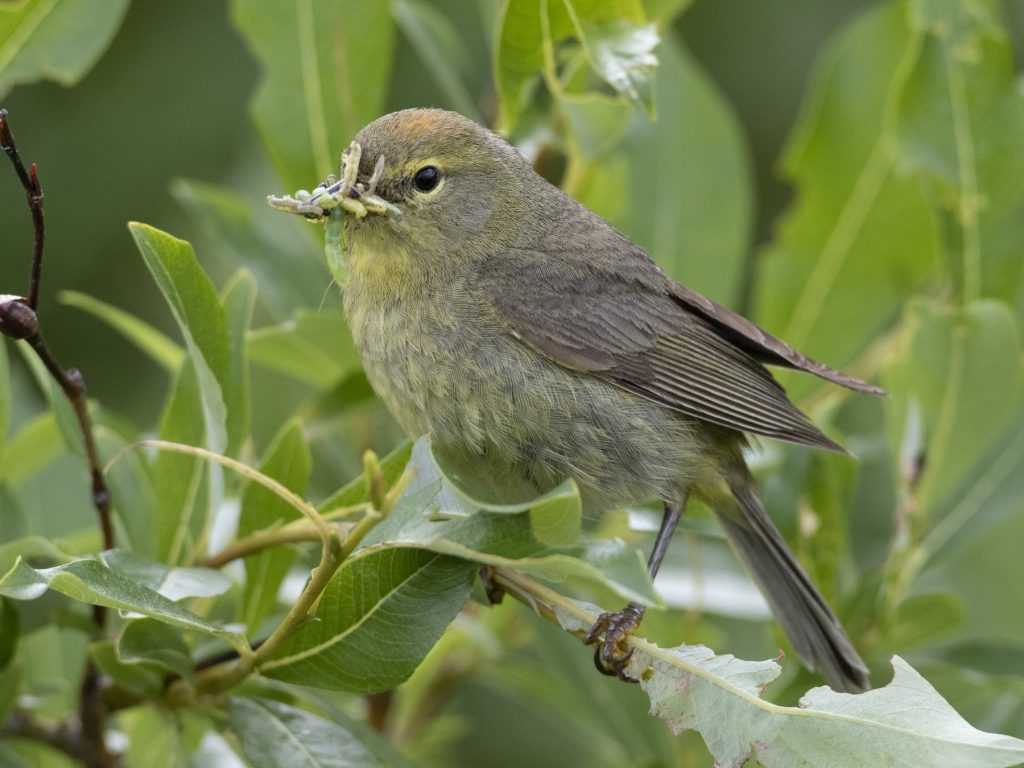 Orange-crowned Warbler
Orange-crowned Warbler
(Photo Credit: eBird)
 Wilson’s Warbler
Wilson’s Warbler



